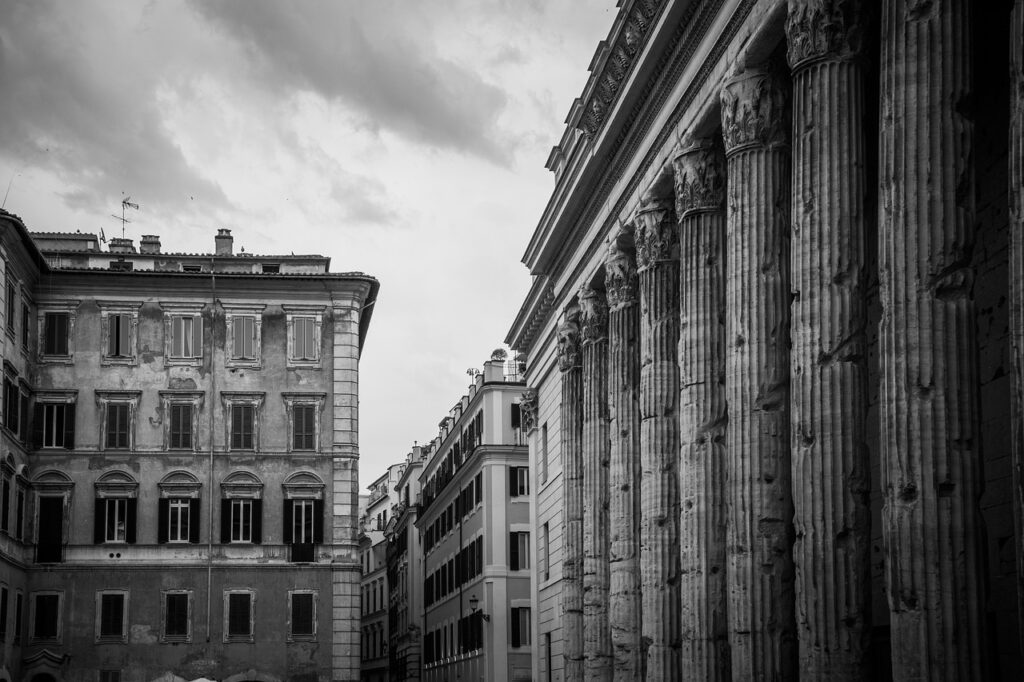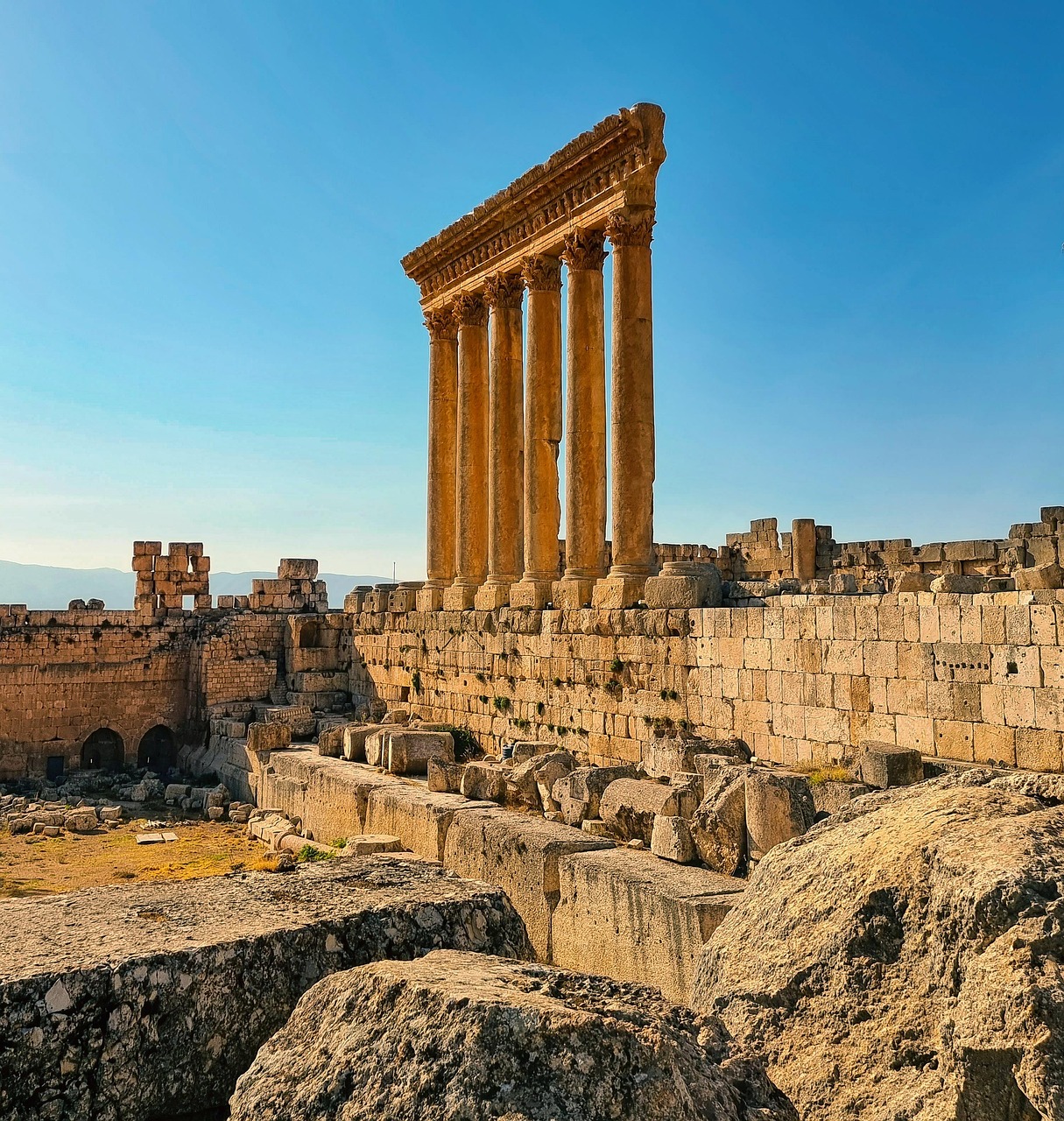Have you ever wondered if the picturesque Cotswolds, with its rolling hills and charming villages, might also harbor some remnants of Roman history?

A Glimpse into Roman History in Britain
Before we delve into the specifics of the Cotswolds, let’s take a moment to appreciate the grandeur of Roman influence in Britain. The Romans invaded the British Isles around 43 AD, establishing a significant presence that lasted nearly four centuries. They left an indelible mark on the landscape, erecting roads, villas, temples, and forts, many of which can still be seen today.
The Cotswolds, known for its stunning scenery and quaint architecture, is not typically the first place that springs to mind when thinking about Roman ruins. However, this region has its own unique stories to tell, stemming from its interaction with the ancient Romans.
Roman Influence on the Cotswolds
The Cotswolds was an important area during the Roman era, primarily due to its strategic location. Situated in the heart of England, it served as a key transit area between the thriving settlements along the River Severn and the more urbanized regions to the east.
The Roman Roads
One of the most notable Roman contributions to the Cotswolds is its network of roads. These roads were crucial for transport and trade, connecting various settlements and facilitating the movement of troops and goods. Notably, Via Julia is an ancient Roman road that ran through the region. You can still trace parts of it today, and walking along these paths can feel like stepping back into history.
| Road Name | Purpose | Notable Connections |
|---|---|---|
| Via Julia | Trade and military movement | Cirencester to Bath |
| Fosse Way | Main Roman route to join the Midlands | Cirencester to Leicester |
Forts and Settlements
While the Romans established several settlements throughout Britain, the Cotswolds had strategic locations that served various military and administrative purposes. The remains of these settlements can offer hints of village life during Roman times.
For instance, the site at Cirencester, known as Corinium Dobunnorum, was one of the most significant Roman towns in Britain. It was once a bustling hub, and its remains tell tales of the vibrant community that existed there.
Archaeological Sites in the Cotswolds
You may be eager to uncover the remnants of Roman civilization still hidden in the Cotswolds. Here are some notable sites worth considering for your adventures:
Cirencester
Cirencester is often referred to as the “Capital of the Cotswolds” and boasts a rich Roman heritage. It was one of the largest towns in Roman Britain, featuring grand architecture, including a basilica and a forum.
Notable Attractions
-
Corinium Museum: Here, you can view an impressive collection of Roman artifacts, mosaics, and reconstructed scenes that give insights into daily life during the Roman occupation.
-
Roman Amphitheatre: Located just outside the town, this site is one of the best-preserved amphitheaters in Britain, where public events and performances once took place.
Chedworth Roman Villa
Another fascinating site to visit is the Chedworth Roman Villa, which offers an exceptional glimpse into Roman domestic life. Discovered in 1864, it is one of the largest Roman villas in Britain.
Key Features
-
Mosaics: You’ll be awestruck by the intricate mosaics that adorn the floors of the villa, showcasing the craftsmanship of Roman artisans.
-
Bathhouse: The remains of a hypocaust system (an early form of central heating) and bathhouse reflect the luxurious lifestyle enjoyed by the villa’s inhabitants.
The Significance of Roman Ruins in Understanding the Cotswolds
Understanding these Roman ruins is essential for you to appreciate the historical and cultural evolution of the Cotswolds. These remnants tell a story of adaptation and resilience as local communities merged Roman practices with their indigenous traditions.
Culture and Daily Life
The archaeological findings in the Cotswolds indicate a blending of cultures. The Romans introduced new agricultural methods, introduced advanced ceramics, and even altered the local diet. This mixing of cultures has had a long-lasting impact on the region’s identity and heritage.
Architectural Influence
The Romans also brought architectural innovations that would influence the buildings in the Cotswolds for centuries to follow. Elements such as the use of arches, tiles, and brickwork can still be appreciated in many of the charming structures you see today.

Visiting the Ruins
If you’re eager to visit these Roman sites, you’ll find plenty of information to help plan your adventure. Here are some tips to enhance your experience.
Planning Your Visit
-
Opening Hours: Make sure to check the opening hours for museums and archaeological sites. Some may vary throughout the year.
-
Guided Tours: Consider joining a guided tour. Local historians often run these tours and can provide rich context that enhances your understanding.
-
Visitor Centers: Several local visitor centers can offer brochures and maps showcasing nearby attractions related to Roman history.
Tips for Exploring
-
Comfortable Footwear: Wear comfortable shoes, as exploring archaeological sites often requires walking on uneven terrain.
-
Photography: Don’t forget your camera! Capturing the beauty of the Cotswolds combined with its rich history will become memories you’ll cherish.
The Legacy of Roman Civilization
The legacy of Roman civilization in the Cotswolds is profound. As you walk through the region, take a moment to reflect on the journey you are embarking on, tracing the footsteps of those who came before. It’s not just about the ruins; it’s about understanding how these remnants of the past have shaped the present.
Continuing Discoveries
Archaeology in the Cotswolds continues to uncover new sites and artifacts. Each discovery sheds light on the Romans’ impact and enriches the historical narrative of the area. You might be able to find local updates on ongoing excavations or volunteer opportunities if you’re particularly interested in history.

Conclusion: Your Adventure Awaits
In conclusion, as you plan your visit to the Cotswolds, you can find that not only does this area offer breathtaking natural beauty and charming cottages, but it also holds exciting pieces of Roman history waiting to be explored. So, grab your walking shoes and set off to discover not just the landscapes but also the stories written in stone, mosaic, and the remnants of an era long gone.
Whether you’re wandering through the streets of Cirencester, marveling at the intricacies of Chedworth, or simply enjoying the tranquil beauty of the Cotswolds, you’ll find that the echoes of Roman life still resonate in this cherished region. Enjoy your journey, and may it inspire a deeper appreciation for the history that shapes our present!
